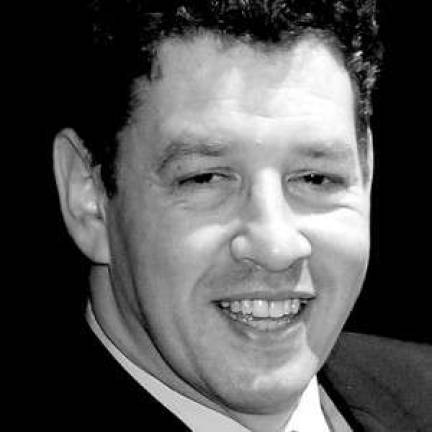Planting Roots at the World Trade Center Again

The trees are planted and, forest or not, you can see them.
I look at the World Trade Center a little more broadly than I used to, and the most remarkable thing I saw on a visit there last week was the trees. It was not a surprise to me that they were there or that someone had made sure there were clear views of them on the public walkways, while other views were blocked-we've had nearly 10 years of officials going out of their way to show progress at the site. Sometimes the progress was real, many times not.
The trees, which will consume most of the memorial plaza, are a pittance of the mega-billion-dollar redevelopment and memorial project, but their value is much greater than their cost. When I was in my twenties, I noticed something friends and acquaintances often said on deciding to leave New York City after a few years: "You never see trees here."
I grew up in the city, so I had to learn to appreciate nature. I was gratified when groves of trees were added to the selected WTC design by architect Michael Arad. The memorial falls short for me in some ways, as it will inevitably do for thousands of family members-and perhaps millions of people-each with their own individual notion of what the memorial should be. Over the years, at least a few of those who lost loved ones on 9/11 said the memorial should include more artifacts from the attack, and some wanted to see pictures of those who were killed. Maybe only a few people feel this way, maybe a lot. Regardless, they are right.
Someday, it will undoubtedly be a striking vision to come upon a forest of trees in the middle of a completed office/retail center, but without having remnants of the attack more prominent and visible to workers, residents and passersby in the decades to come, the memorial's significance could easily be lost with time. Generations from now, most of those who see the memorial will be unlikely to trek down to the underground museum. A century or two from now, pictures of the victims would presumably make it harder to forget them. If you take a short walk away from the WTC, you can find many memorials with names on a wall. Do many people without personal ties to these memorials think about the lives that were lost when they see them?
But I'm happy to have the trees. No one gets everything they want in a memorial, and I'm not even what's called a stakeholder.
I covered the WTC redevelopment's ups and mostly downs intensely for the first eight and a half years of its progress for another paper, and watched it from further away for the last 15 months. I remember the timing of my turning point perhaps even better than I do 9/11 itself, because that's when I began spending most of my time taking care of my infant son.
His progress since then is unmistakable. He had no teeth at that point, could not crawl and struggled to stay on his tummy for more than a few seconds. Now he runs, climbs on windowsills and usually prefers to "read" books on his own.
We strolled around the WTC site last week, and its progress was also dramatic. Shadows from the two towers under construction are considerably larger, and the facade of 1 WTC is tall enough to imagine what the building will look like. (I heard one visiting Fire Department officer refer to the tower using the now unfashionable F-word, "Freedom.") My son loved the construction vehicles and all of the pedestrian activity. The trees were too far away for him to notice or care. The site was noisier than I remember-so much so that the World Financial Center sounded eerily ghost-like after we crossed the area.
We made it over to Battery Park City's Teardrop Park, two blocks from the site but, with its hills and rocks, a world away. I had not been back to the park much since its opening seven years ago. It did feel as if we were somewhere like the Catskills, as was intended. My son splashed in the boulder sprinklers. It was a toddler's paradise.
We'll be back.